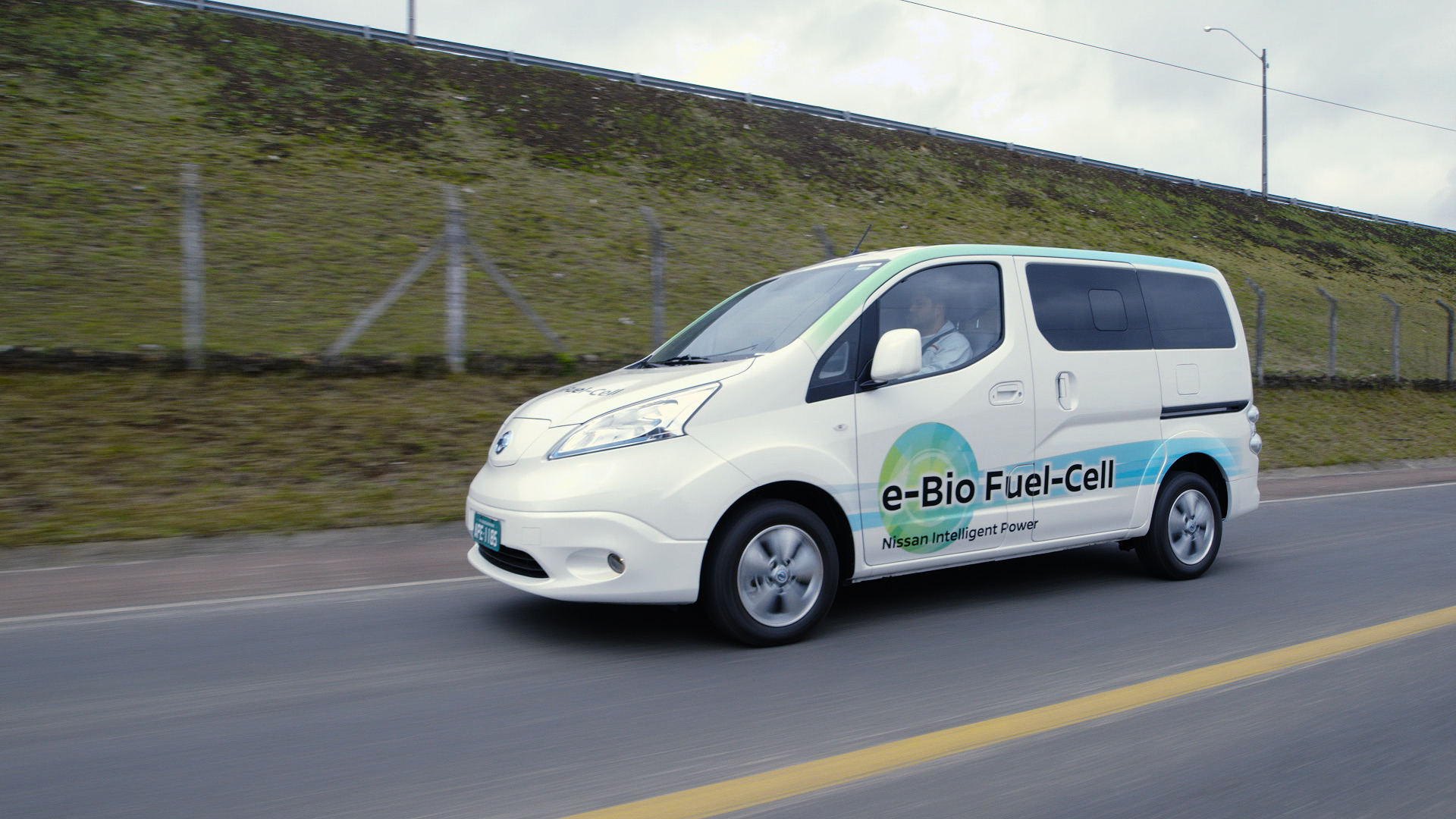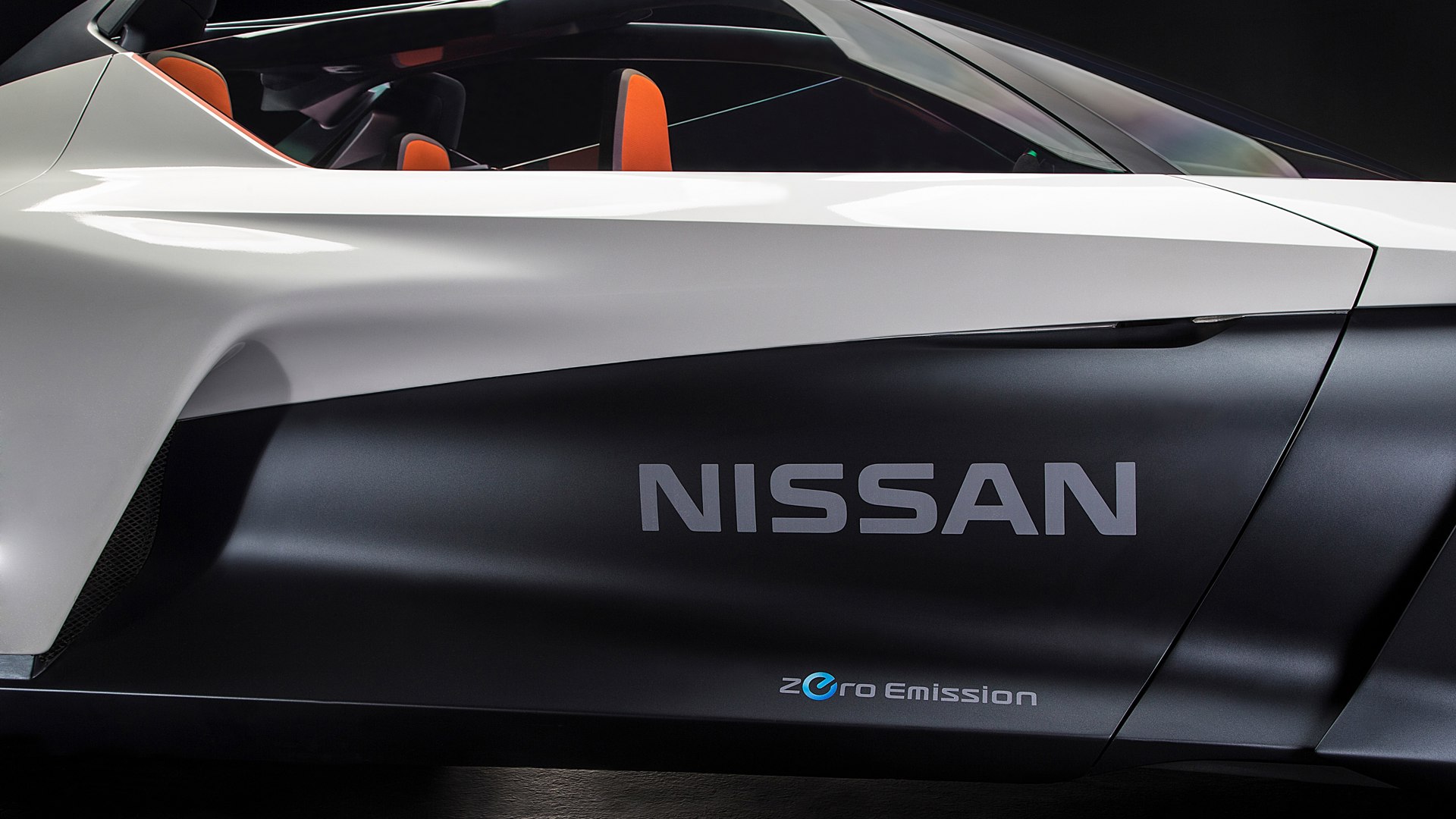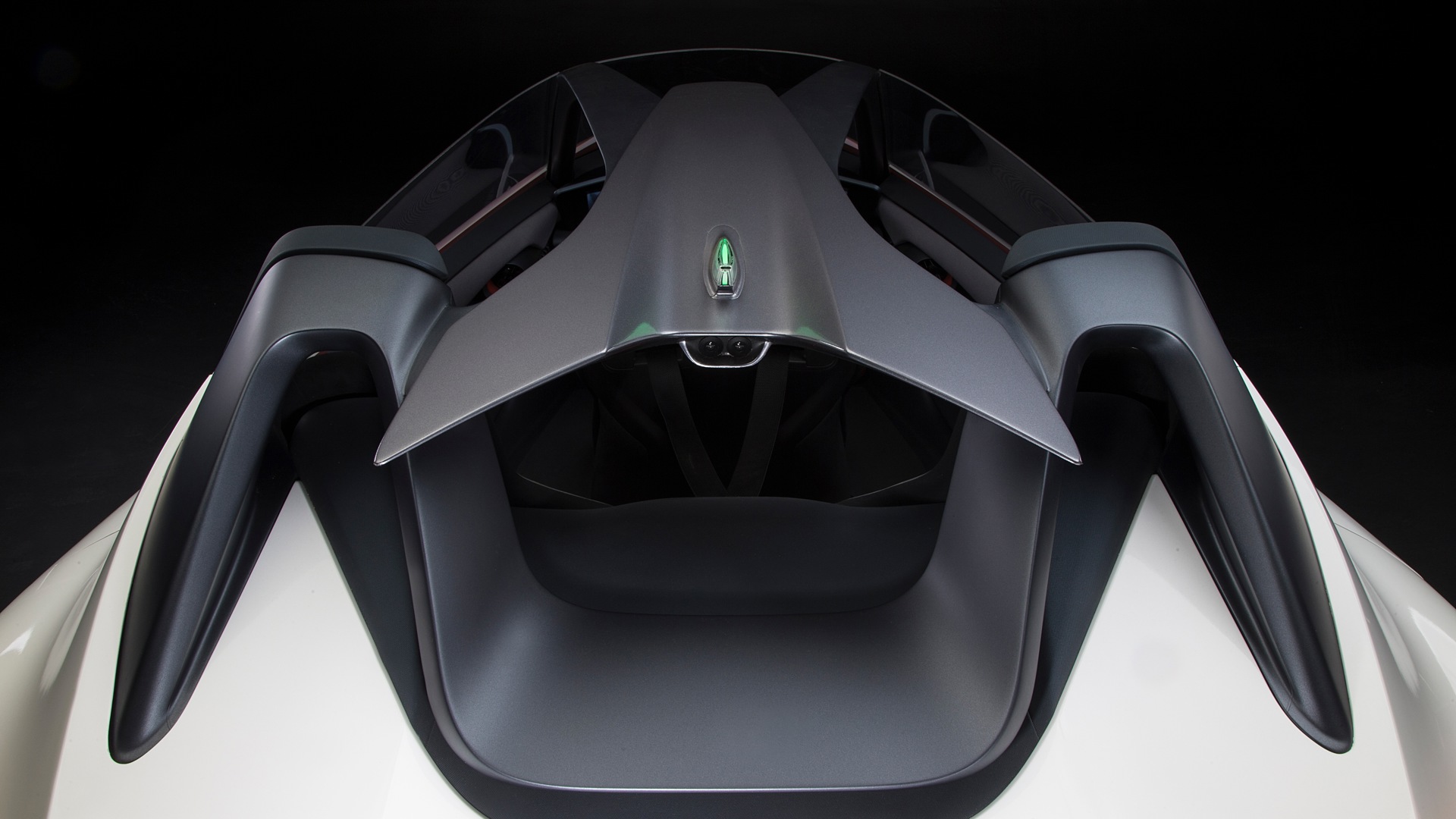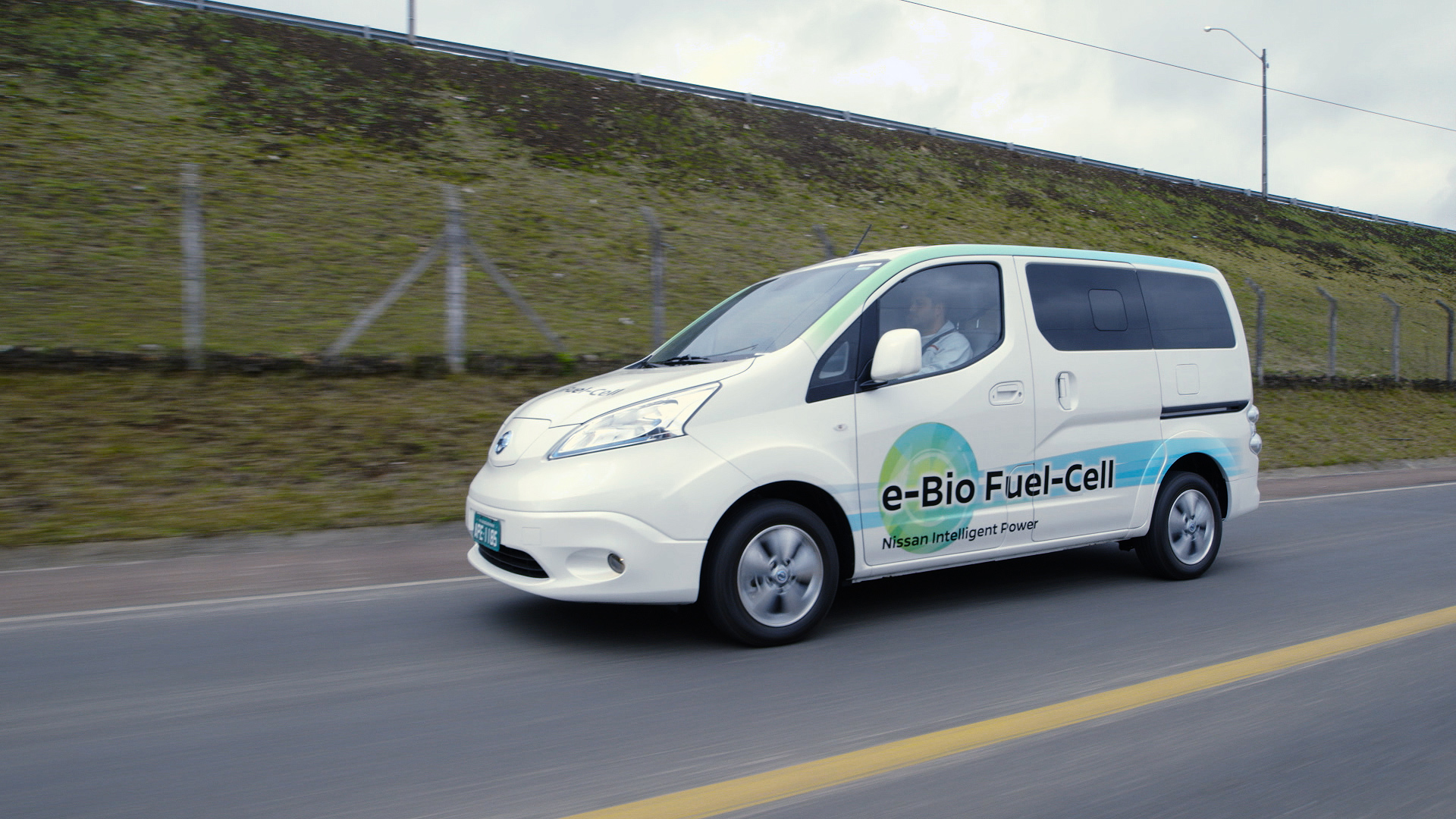Nissan used the backdrop of the 2016 Rio Olympics to unveil their newest zero-emission, high-performance, autonomous-ready sports car concept. The BladeGlider is Nissan's vision for an agile, efficient EV that was still exciting and fun to drive. The name comes from the car's near-silent electric powertrain and sleek shape.
The car has a controversial past, it is very similar to the Ben Bowlby-designed "DeltaWing" race car, which Nissan was briefly a sponsor/partner of. Bowlby now works for Nissan on the BladeGlider project and a legal suit between the DeltaWing folks, Panoz, and Nissan appears to have been settled.
In addition to the narrow front track, the car has rear-hinged doors that open up like a bird of prey landing on their dinner. There is also an integrated roll bar for safety with the open top. The driver sits ahead of the two passenger seats, and the windscreen is seamless and wraps around for great visibility. The powertrain is electric, with 268 hp coming from two motors along with a massive 522 lb-ft of torque. That can propel the 1,300 kg BladeGlider from 0-100 km/h in under 5.0-seconds and reach a top speed of over 190 km/h. The powertrain has torque vectoring, and (in some cribbing from Ford) there is a drift mode.
Two BladeGliders will be at Rio, with one as a static display and one offering rides to media and VIPs.

Nissan also unveiled their first prototype running on their innovative solid oxide fuel cell. The cell runs on ethanol instead of requiring a tank of compressed hydrogen. The prototype is an NV200 van with a 24 kWh battery, a 30L ethanol tank and a range of 600 km. At the end of the 600 km, the vehicle can be fuelled with bio-ethanol just like any conventional gas-powered car. The technology was unveiled in June, but this is the first operating vehicle revealed to the public.
















